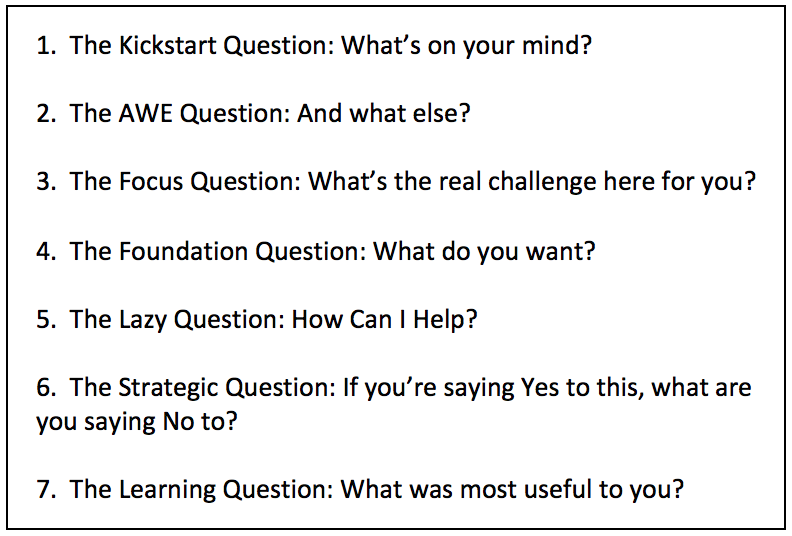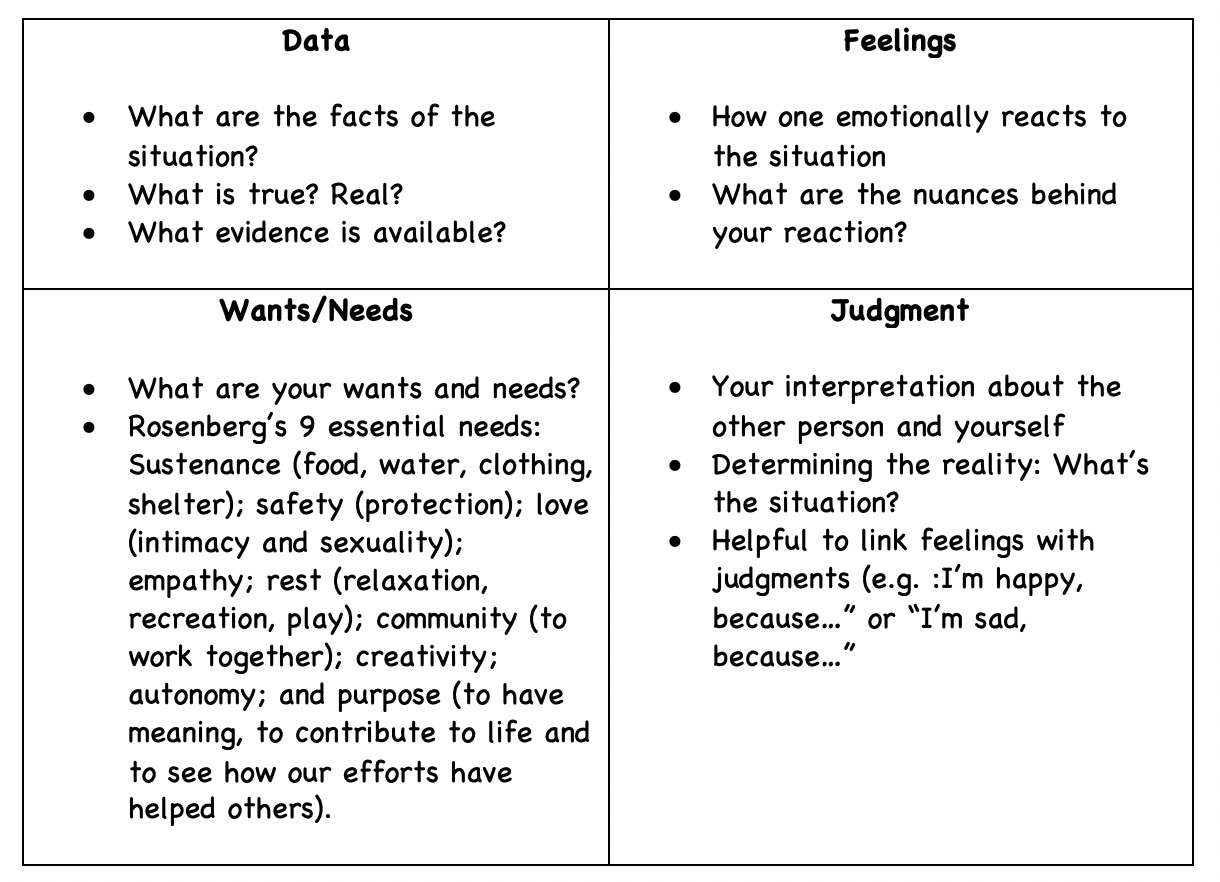 Michael Bungay Stanier has a way with words. He’s the author of two excellent books I’ve read: The Coaching Habit: Say Less, Ask More, and Change the Way You Lead Forever, and The Advice Trap: Be Humble, Stay Curious, and Change the Way You Lead Forever.
Michael Bungay Stanier has a way with words. He’s the author of two excellent books I’ve read: The Coaching Habit: Say Less, Ask More, and Change the Way You Lead Forever, and The Advice Trap: Be Humble, Stay Curious, and Change the Way You Lead Forever.
In both books, he comes up with pithy metaphors and devices to help the reader both understand and remember key points and ideas. You can read my review of his first book, The Coaching Habit, here.
Stanier builds on The Coaching Habit in his new book, The Advice Trap. A key take-away from the first book are Stanier’s seven coaching questions, to which he refers throughout The Advice Trap.
In addition to his ways with words, the author uses big print and graphics to underscore key points. As an example, the inside cover has the word “TELL” listed over and over again like wallpaper. And, the back cover does the same with the word “ASK.”
The book opens with a quote, in large type, from Nobel Prize winner Naguib Mahfouz: “You can tell whether a man is clever by his answers. You can tell whether a man is wise by his questions.”
Almost instantly, the reader understands that listening plays a key role in the strategy that Stanier spins. Let’s give Michael a chance to explain the gist of the Advice Trap in this three-minute YouTube clip:
For a more detailed explanation, this link will take you to a TedX Talk Stanier recently made at the University of Nevada.
The Downside of Advice
Think for a minute about the number of times you’ve given someone advice over the past several weeks. If you are like me, you might lose count! Stanier suggests that giving advice can have four negative consequences (pp. 7-9):
 ► It demotivates the advice-receivers;
► It demotivates the advice-receivers;
► It overwhelms the advice-givers;
► It compromises team effectiveness; and
► It limits organizational change.
What’s the remedy to rampant advice-giving? Remaining curious, for as long as you think you can, or (as Stanier suggests) “just a little bit longer.”
To help his readers resist what he calls the temptation to listen to their internal “Advice Monster” – who is always ready and willing to give advice – Stanier suggests heavy doses of three important traits: empathy, mindfulness, and humility.
The Three Traits: Empathy, Mindfulness, and Humility
Empathy calls on the individual to be “other-focused” and being “willing to understand what it means to walk their path” (p. 53). This definition of empathy reminded me of a short illustrated speech on empathy by Brene Brown that may be familiar.
Mindfulness means being “less reactive to what goes on around you” (p. 53). It requires both being aware of not only of what is happening, and taking time to reflect and think before you react. Stanier suggests a tool created by Marshall Rosenberg, father of nonviolent communications. The tool invites us to reflect on a current or past event using the following grid:
Rosenberg’s tool can help you “untangle all the noise around your feelings and wants.” It can also be used to help plan a conversation.
The final trait, Humility, according to Stanier, isn’t about “abasement” but rather becoming more aware of yourself. It’s the opposite of your internal “Advice Monster” who tries to suggest that you are better than the other person.
Stanier says: “It means having your feelings sufficiently planted…so you know your strengths and also your weaknesses, your wisdom and also the wisdom that’s in the room.” Being humble “means that you control less and influence more than you realize…Humility gives you access to a deeper sense and understanding of what’s real about you” (p. 55).
Giving Advice
The rest of the book offers insights on how to remain curious longer and resist your internal advice impulse. Throughout, Stanier encourages us to be generous, vulnerable, and to be a student. He also acknowledges the irony of giving advice in a book that urges readers to resist it.
As he says, there are occasions when we should give advice. And, when we’re in that situation, Stanier urges us to “do it well.” He suggests a four-step process to successful advice giving:
(1) Define it by knowing if it is the right time to give advice;
(2) Diminish it by “toning down the assuredness” in the way you give advice by using phrases like: “Here’s my best guess…” or “This is just one idea/option/thought…” or “I may be wrong but…”
(3) Deliver it by being “fast, clear, [and] bold;”
(4) Debrief it by checking how your advice was received. Asking questions like, “Does that give you what you were looking for?” can help.
Lots of Website Resources
There is so much more to this book, and Stanier is very generous in sharing resources. Visit this website for all his resources: https://www.mbs.works/theadvicetrap
Once you’ve read or heard Michael Bungay Stanier speak (below), many of his ideas and words will stick with you. You might find yourself “talking” to your internal advice monster and thinking about ways you can remain curious just a bit longer before jumping into telling someone what they ought to do.



0 Comments on "The Advice Trap: How to Keep Your “Advice Monster” at Bay"